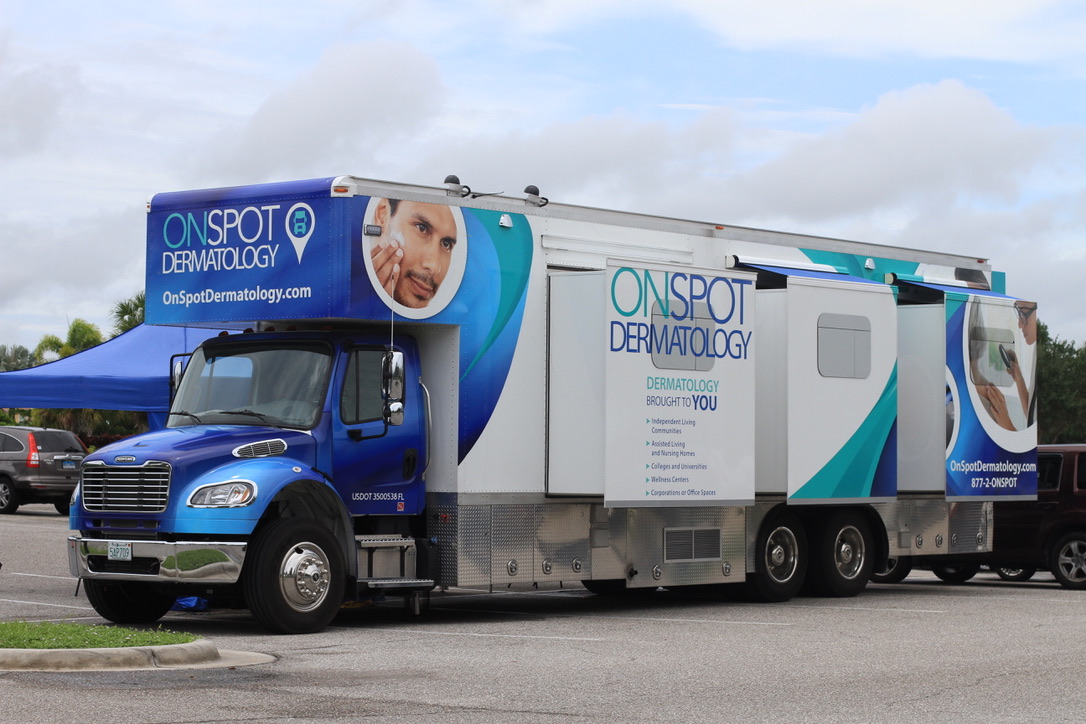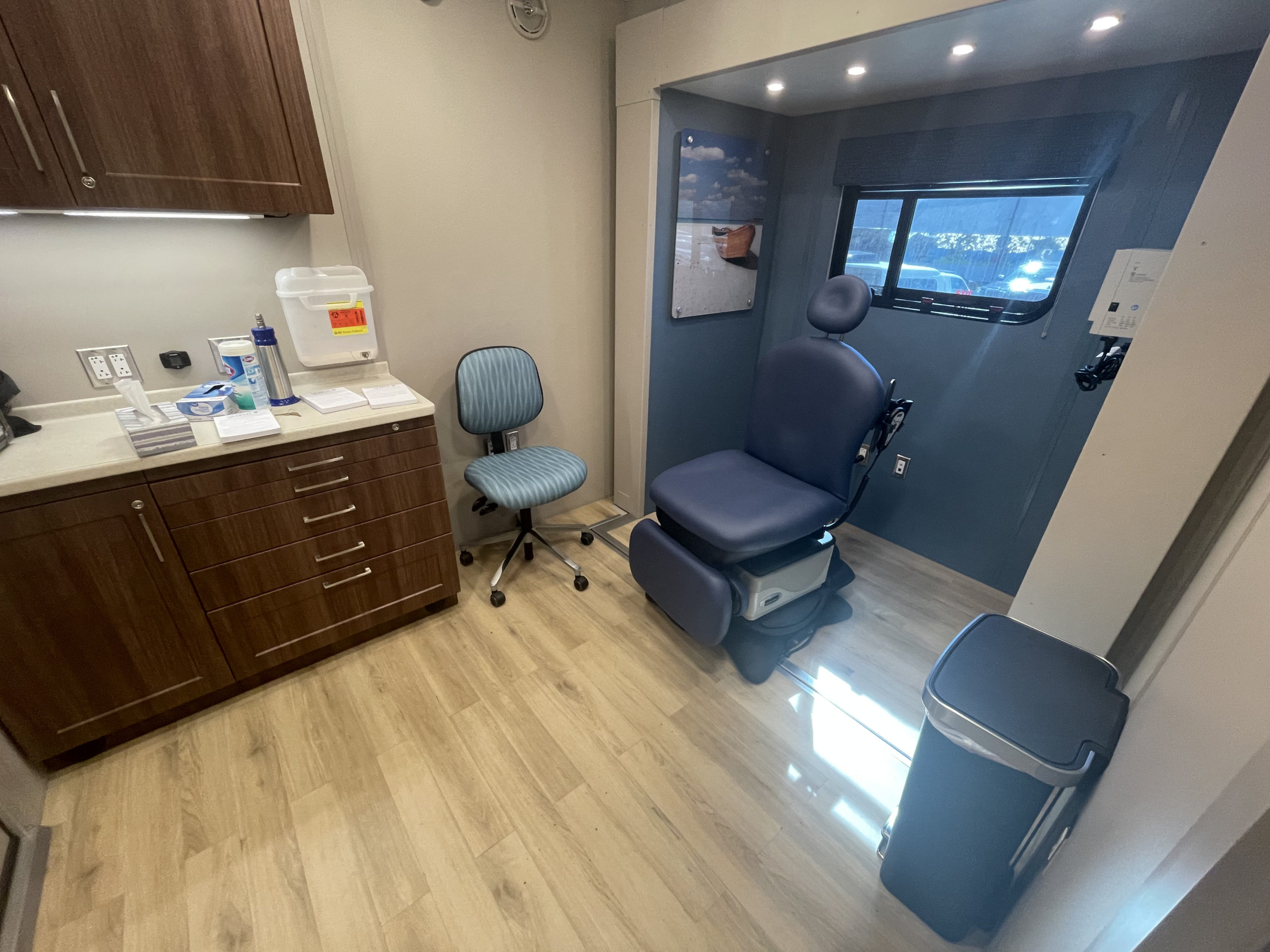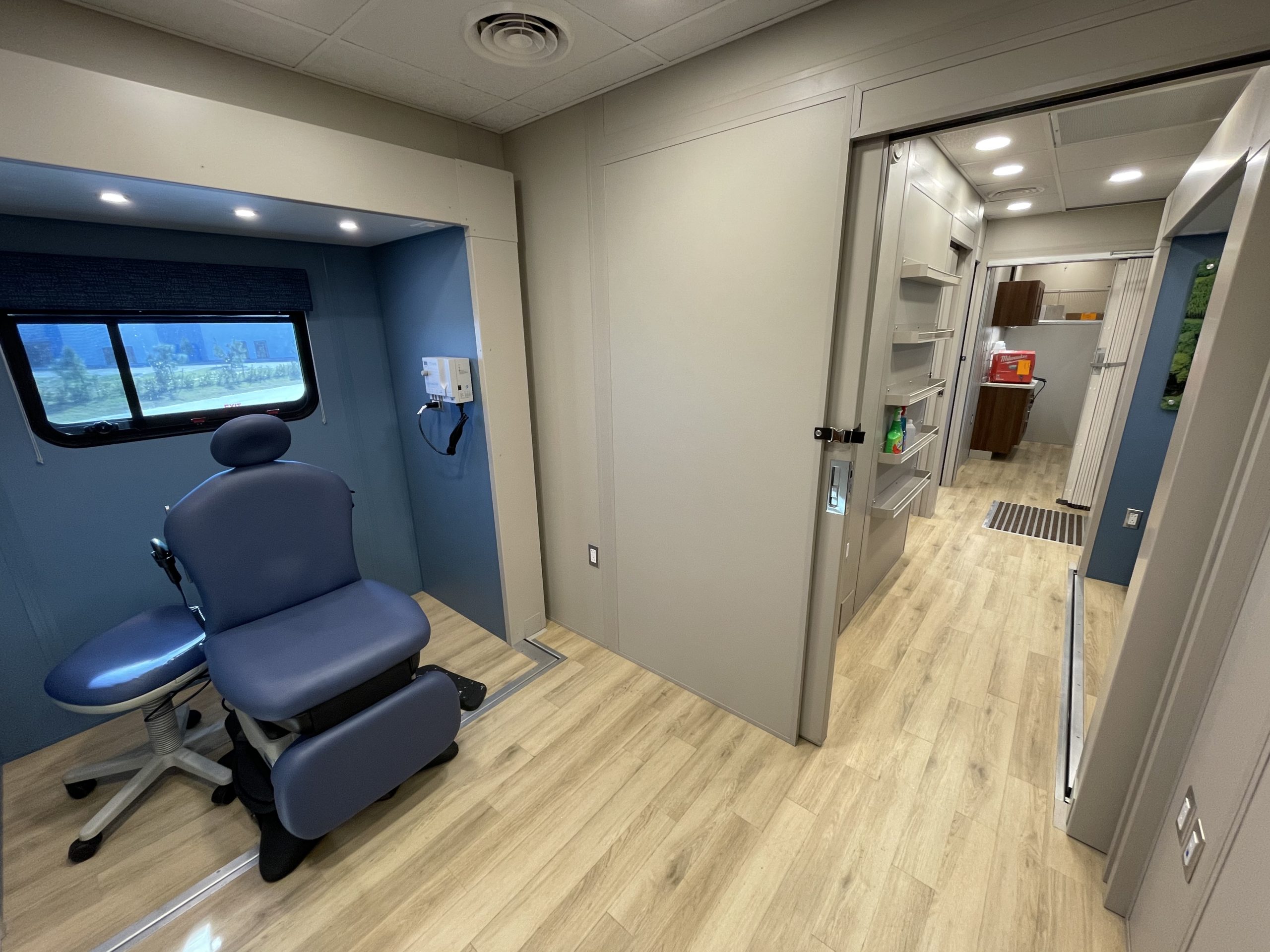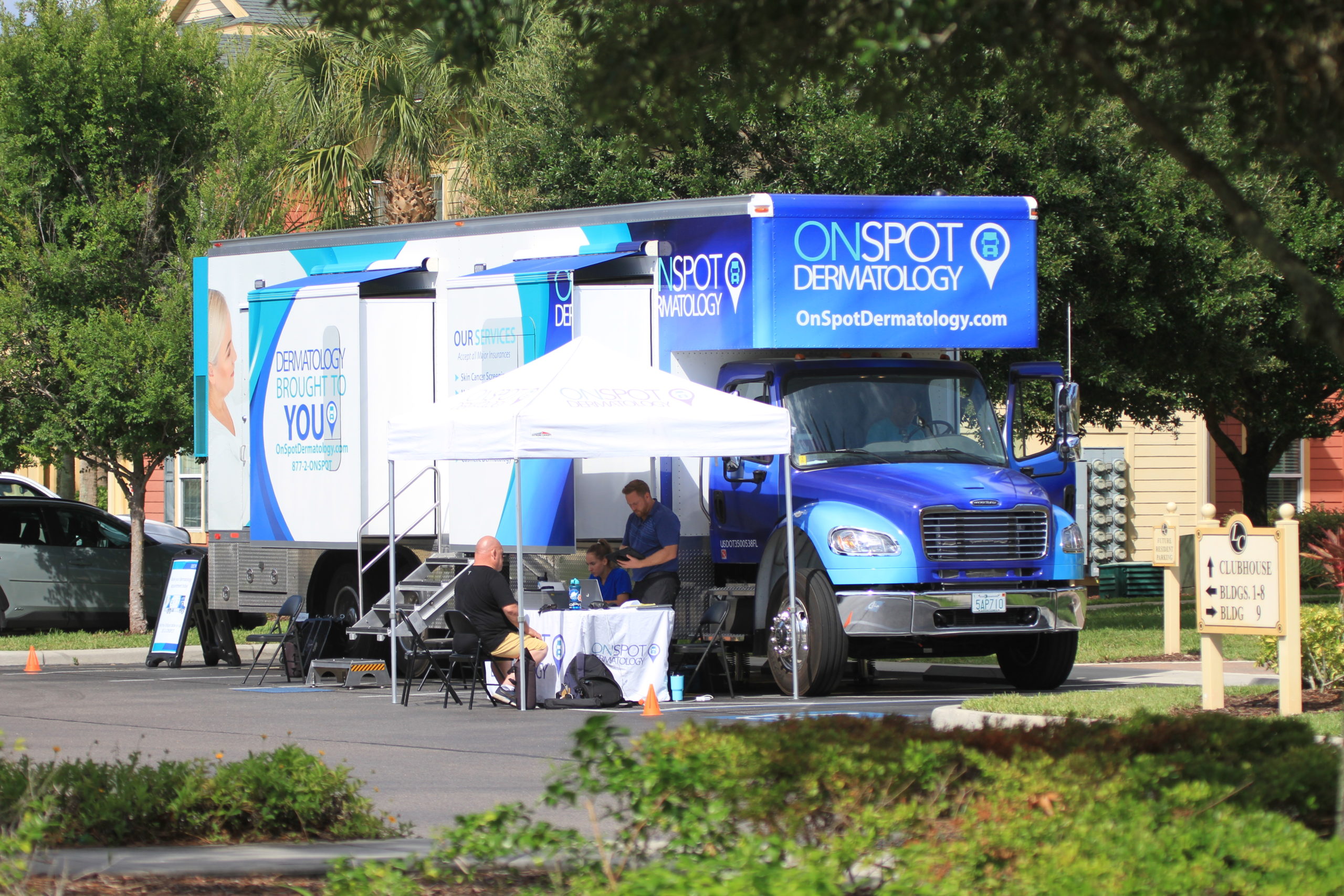Bringing dermatology care to you
OnSpot Dermatology is a mobile dermatology practice dedicated to early detection and expert treatment of skin cacner - diagnosing and treating thousands of skin cancers each year in our mobile units and . We also treat other skin conditions on our mobile units as well.
OnSpot on the news
Check out moments where OnSpot Dermatology was featured on the news below. Click here to see more.
Important insurance updates
Benefits of OnSpot Dermatology
For patients
- World-class providers
- Accept all major forms of insurance
- Convenience
- COVID-19 safe
- Comfortable
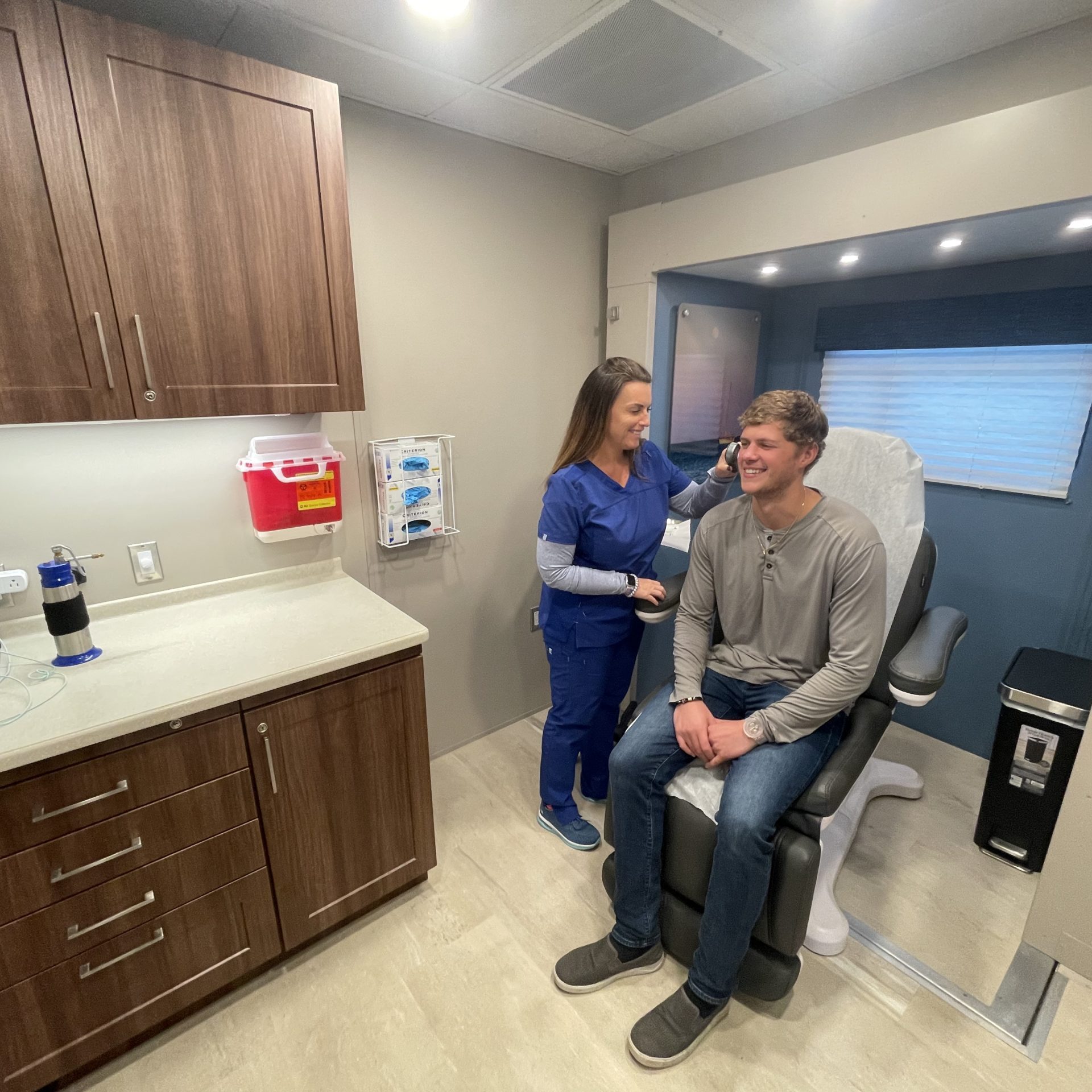
For communities
- OnSpot handles all aspects of the visit
- Bringing wellness to the community
- Only need a parking spot
- Residents love the convenience of OnSpot

For businesses
- Less time employees are out of the office
- Bringing wellness to the workplace
- Employees love the convenience of OnSpot

Benefits of OnSpot Dermatology
A life saving initiative
Quarterly, OnSpot Dermatology recognizes the individuals who invite and allow OnSpot to see, diagnose, and most importantly treat their employees and residents. It is because of these individuals that OnSpot Dermatology has found skin cancers and melanomas on patients who normally never would have been looked at by a dermatology professional. We call them life savers because that is exactly what they are to their company or community. Click here to see more.



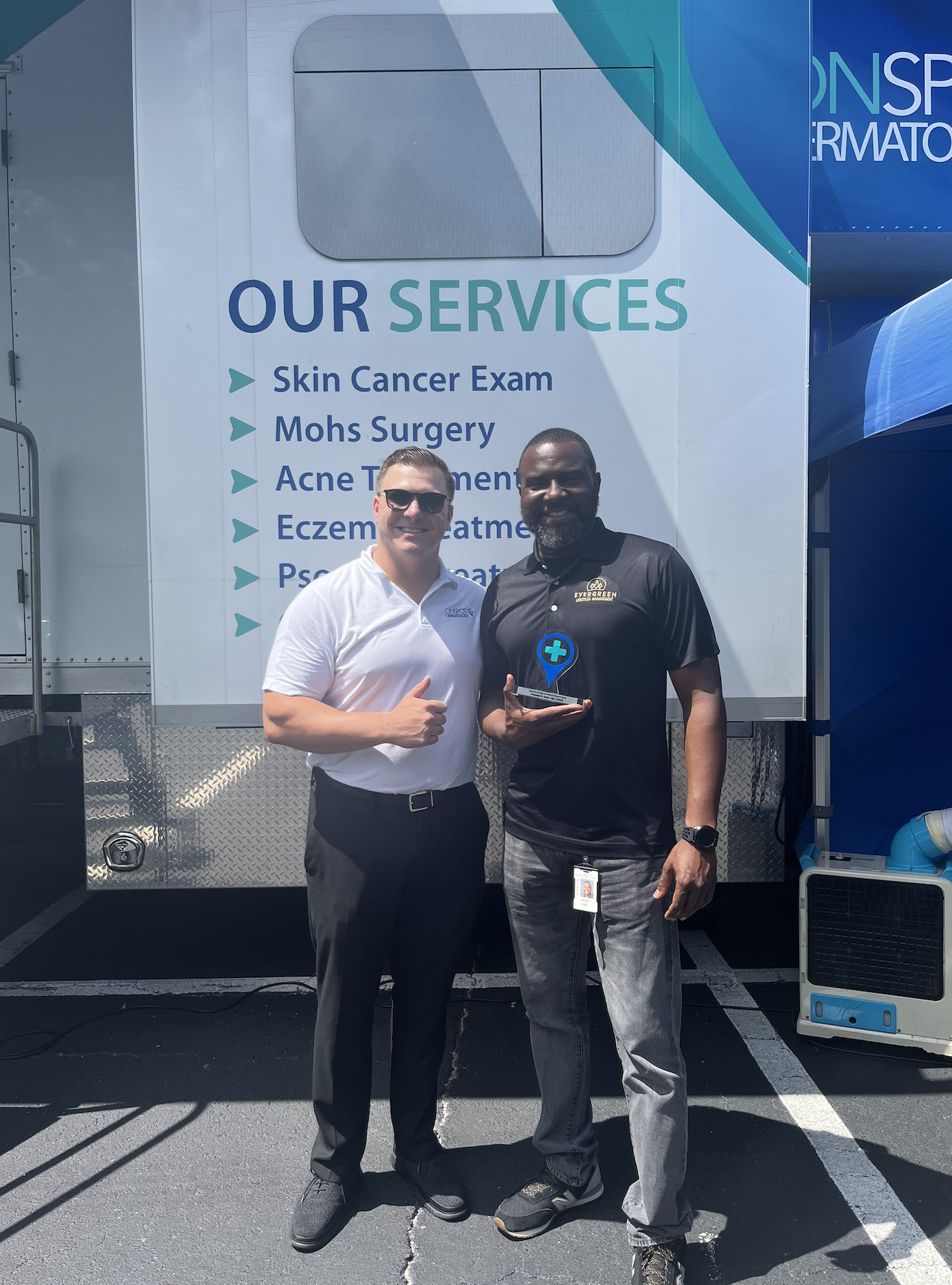








OnSpot delivers dermatology two ways
Mobile dermatology clinic
We bring dermatology to you by hosting Derma Drive® events in a convenient location, whether it be your place of work, community, shopping mall or church. OnSpot Dermatology can travel anywhere to provide dermatological care with world class providers.
Telemedicine
We make it easy for patients to stay regularly connected with us through virtual appointments via OnSpot's telemedicine application. OnSpot Dermatology can be contacted anywhere.
Want OnSpot to come to you?
Booking OnSpot Dermatology is easy. Click the button below to contact our team.
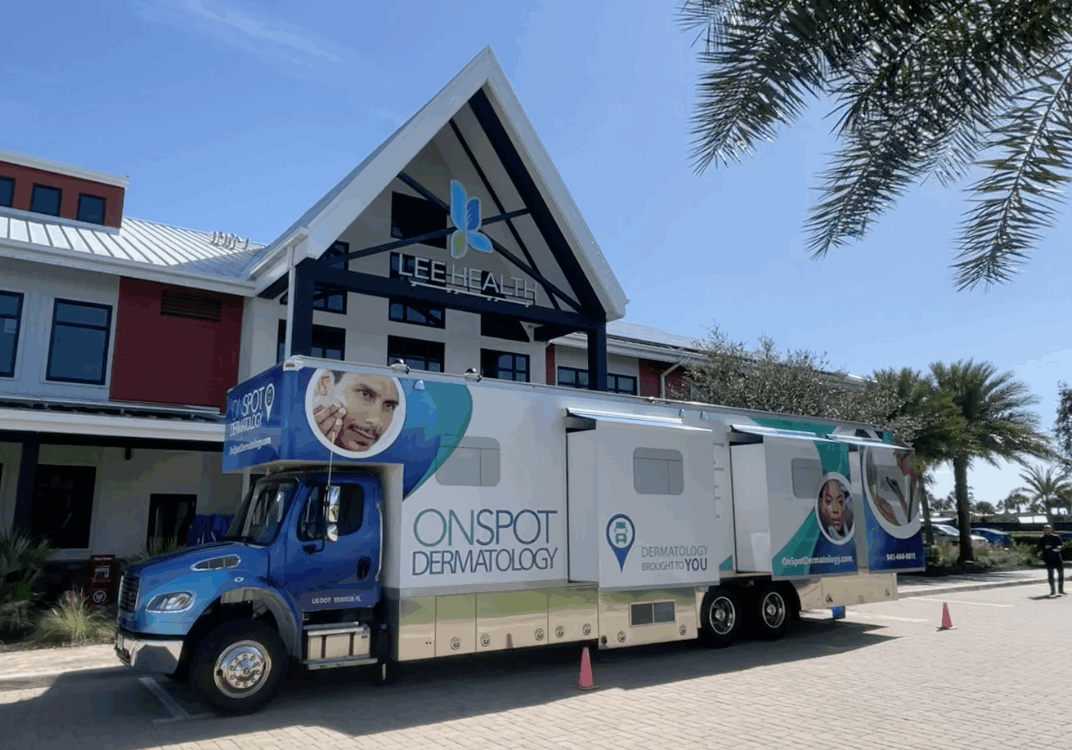
Hear what patients have to say
OnSpot Dermatology is the #1-rated dermatology practice in the state of Florida, according to Google reviews.
Services offered right on site
Skin cancer exams, acne treatment, eczema treatment, psoriasis treatment, mole & lesion removal, excisions and Mohs surgery, Botox® & filler, and more.
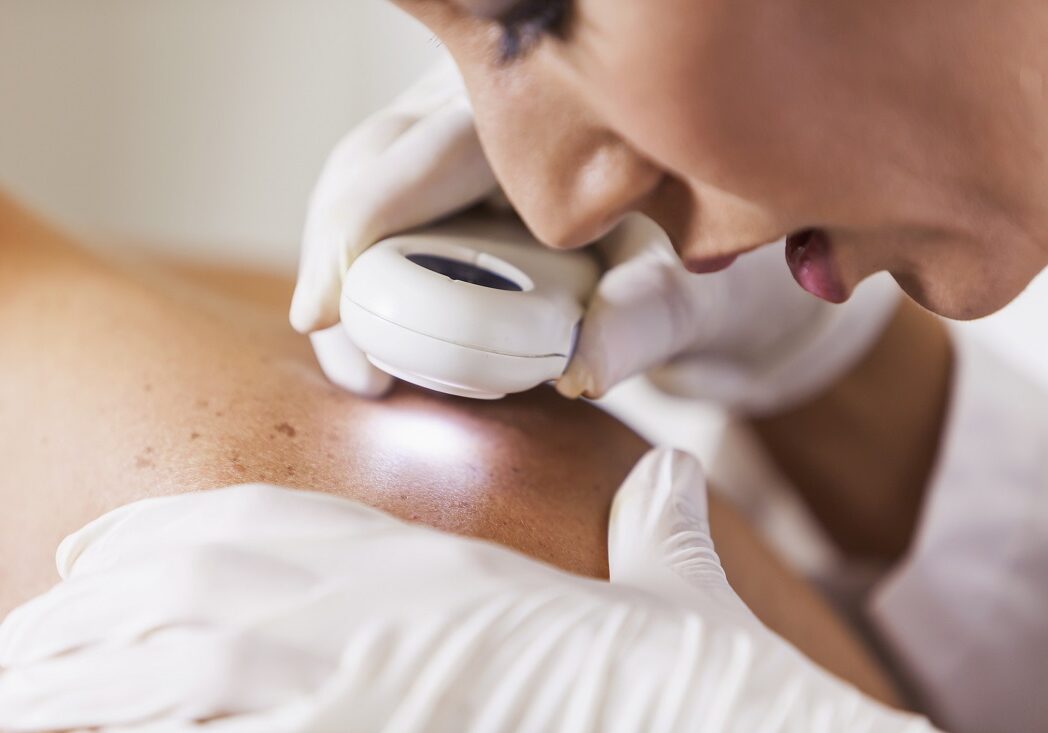
OnSpot Dermatology's medical vehicles
OnSpot's medical vehicles are as comfortable as any traditional dermatology office. Our mobile medical offices are equipped to provide any and all dermatological procedures. These state-of-the-art vehicles are spacious, professional, comfortable, and are designed with COVID-19 and privacy in mind. Click here to learn more.
Where OnSpot Dermatology travels to
OnSpot travels all over Central Florida and South Florida. Some of the places OnSpot visits include, but are not limited to, Orlando, Fort Myers, Sarasota, Palm Beach, Miami, Naples, Clearwater, Tampa, and more.
OnSpot also travels outside of our typical territories, statewide for a nominal travel fee.
Follow us on social media
Follow us to be the first to read about our latest news and offers.
Have any questions?
Call us at 941-444-0011. Click the button below to read our most frequently asked questions.


